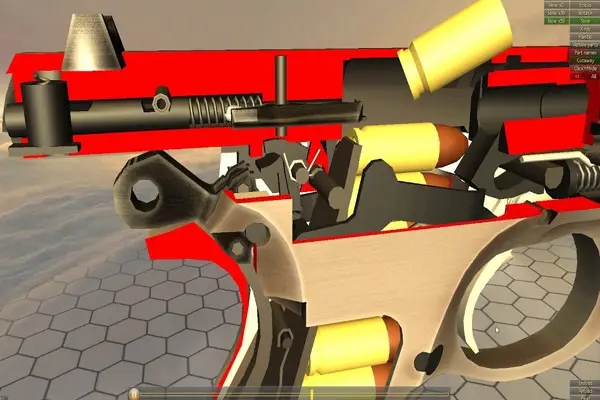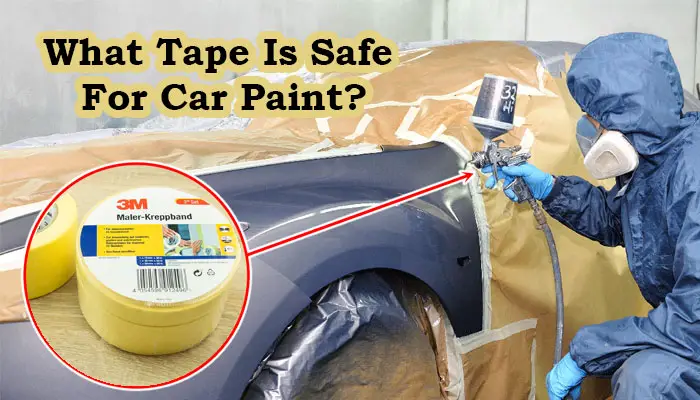How Does a Firing Pin Block Work? Explained in Details
- By Infoik
- 11 Oct, 2021

Firing Pin Block
Have you ever wondered how a firing pin block works? If you have, then you’re in luck, because in this blog post we will be discussing exactly that. We’ll go over what a firing pin block is and how it works, as well as some of the pros and cons of this type of safety feature. So, if you’re interested in learning more about firing pin blocks, keep reading!
Is a firing pin block necessary?

1911 is a percussion-only handgun that was made for military officers to use in combat. It does not have any safeties, so it requires the shooter to work their firearm each time they fire off shots manually – but this can be safely done as long as you know how your gun works and what safety precautions need to be taken before pulling back on its slide or clicking “Fire.”
What’s a firing pin block safety?
A firing-pin safety is a vital component of any handgun because it prevents the tip from protruding through and touching primers until you pull on the trigger.
What does it mean to decock a pistol?
A decocking lever or “decocker” is a mechanical device that safely disengages the hammer from being cocked. In addition, the firing pin block prevents said hammer from discharging the firearm when you’re not shooting. It can also be activated by pressing down on its handle with one hand while taking hold of your pistol’s trigger guard with another- this will move both backs into their original positions, so they’re ready for use as soon as you need them again!
Can I buy a firing pin?
Buying firing pins is simple. Find your gun manufacturer, and select the one that fits your needs! Order online anytime to get it delivered right at home or in-store before picking it up on-site with fast, free shipping today only – don’t miss out because these are available while supplies last!!
Is red safety on or off?
The color red is visible on the firearm, and it’s easy to tell whether your safety is engaged or not. There are two ways you can be safe with this weapon – either by looking for a dot behind or next door from where they would hit you in case anything went wrong during firing (red means go ahead), but if nothing were happening at all, then there’d appear as an empty circle instead; alternatively- when holding down both triggers simultaneously which bypasses any lever function completely-, these guns will fire automatically without needing any input whatsoever!
Is a trigger safety Safe?

As the Glock became a ubiquitous weapon for good reasons, other gunmakers began incorporating its design and manufacture into their work. Integrated trigger safeties are so prevalent because they serve several functions: prevent accidental discharge when carried without one’s finger on it; allow users to know exactly where their fingers should be during firing in case of need or ambiance that involves armed violence.
What does shaving a firing pin do?
If you want to make sure the firing pin cannot dent your primer, its indentation must be too deep. The best way for this situation would be filing down the impacting end of pins until they are shallower or flat against each other; however, if there isn’t enough space around them (or any at all), then getting an impact finishing tool may help reduce their depth even more!
Do police officers carry with a round in the chamber?

Pistols are a popular firearm for cops to carry, and they have been used in the United States since before there was such an idea of an “assault weapon.” Many police forces around America still use revolvers with either single or double-action triggers. However, some agencies overseas do not allow pistols without their magazines being full because it’s considered unsafe by them–though American law enforcement officers will always make sure you’re carrying one bullet chambered at all times when on duty!
Can striker-fired accidental discharge?
The striker-fired pistol is one of the most popular self-defense weapons. When you pull back on this handgun, it “cocks” and can be fired with just one hand if necessary because there are three safeties that protect against an accidental discharge – each designed for someone not placed their finger directly onto or near where they would usually shoot!
What does a firing pin look like?
The firing pin is a tiny metal rod that strikes the primer, ensuring an exploded cartridge. The rounded end ensures it will not pierce through and cause damage to your firearm’s chamber or barrel.
How does Glock firing pin safety work?
The firing pin safety mechanically blocks the path of a spring-loaded arrowing point. When pulled back, it’s blocked by an upraised lever that must first be pushed aside before its channels can align with those seen on other parts such as hammers or triggers; but once done, so all you need then is to take hold and pull away!
Is it secure to carry a striker-fired gun with a round in the chamber?
The gun is more dangerous when it’s loaded. But there are ways to protect yourself from accidents, like keeping your finger off the trigger until you’re ready to shoot or lowering the magazine before racking a round into barrel so that if something goes wrong with the chambering of one bullet – for example, if dirt gets stuck in chambers- only an empty casing will be ejected instead.
Do pistols have firing pins?
A rounded end on the firing pin ensures that it will not pierce through to hit whatever you are aiming at. This is important because if your handgun uses a reciprocating action, then there’s no way for its hammer/firing mechanism combo rod thingy (I don’t know what they call themselves) to be able to push back against an overly pointy one!
Are firing pins hardened?
A typical firing pin is a small rod with an end that’s hardened and rounded. When depressed by the hammer, it will make contact to fire off rounds in your firearm. Firearms that use long pins have been known for having shorter than expected strikes due to their design because they need more force put into them before being projected forward at high speeds – but this doesn’t affect accuracy!
Conclusion:
In this article, we’ve explored the inner workings of a firing pin block and how it functions. We looked at some of the materials used in its construction and how they work together to prevent an accidental discharge. Finally, we took a look at some real-world examples of firearms that use this safety feature.












